This video summarizes the benefits of a system carried out with SIDEis on the motorway, along an interchange, on the ring roads and on all extra-urban roads in general.
SIDEis improves visibility in conflict zones
There are different types of junctions, usually though the lighting in a deceleration lane behaves as follows:
- I arrive from a dark stretch of highway
- I enter a lit section before the exit
- I drive along the junction in the dark
- I reach the toll booth square which may or may not be illuminated
There are 4 substantial problems with this type of lighting:
- the entire one-lane section of the junction is in the dark;
- the dark-light-dark-light effect along the entire junction strains the human eye;
- the light emitted by the poles is not directed, uneven so they do not only illuminate the deceleration lanes but also the other lanes, with more light in the central lane and less light in the overtaking one, creating confusion for those who continue on the motorway;
- a part of the light is wasted in the adjacent areas, because there are no optics that at 10m height are able to illuminate only one lane.
How does SIDEis solve these problems?
As the light from SIDEis is lateral, it is extremely dedicated and can be installed on the guardrail:
- it can illuminate the entire junction road,
- it can illuminate it from start to end by eliminating the dark-light-dark-light effect,
- the light distribution on the one-lane section would be uniform,
- there is no waste of light because the optic is really dedicated.t

